Bags and filters
Types of bags
High quality bags with filters are offered at a low cost, which are designed to fulfill the needs in the different sectors, such as mushroom growing, organism production for bio-control, the food industry, the medicinal industry or biomedical research.
We feature two main types of polypropylene (PP) bags:
Gusseted bags with side pleats
Gusseted bags are suitable for the elaboration of spawn and substrate.
These bags remain vertically, upright after being filled.
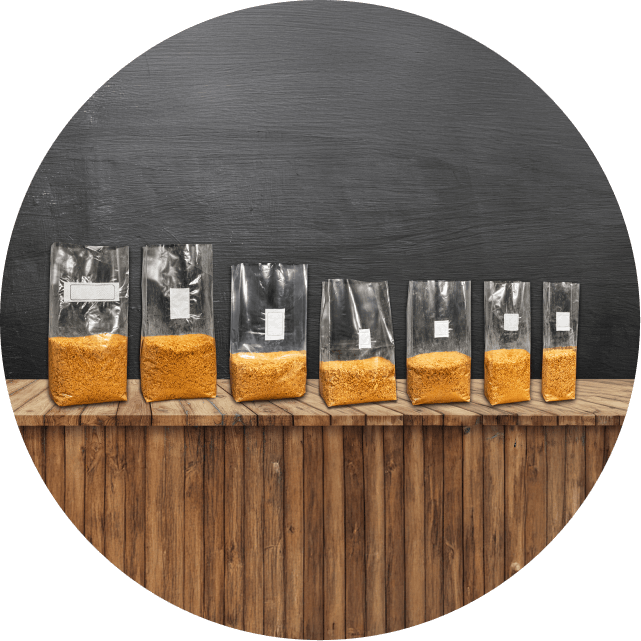
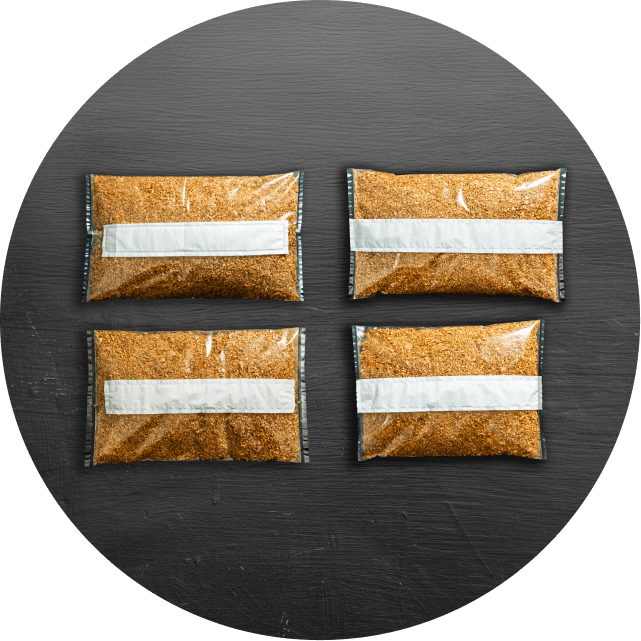
Pillow type bags
Pillow bags are suitable for the elaboration of spawn and substrate utilized in the biological control of pests (bio-control).
The bags are placed horizontally after being filled. High gas exchange.
Features and benefits of the bags
Our mushroom cultivation bags provide the starting point for exceptional mushroom cultivation.
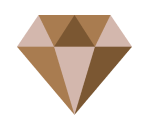
Durability
Our bags won’t break under pressure, sterilization, or movement.
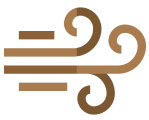
Breathability
Outfitted with innovative filter technology, our bags provide the ideal environment for fungi growth.

Quality Control
We follow stringent manufacturing procedures to produce dependable, consistent mushroom grow bags.

Safety
Our plastic is U.S. FDA-approved for agricultural use.
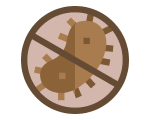
Protection
Unicorn Bags uses a resin blend with antibacterial qualities.
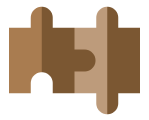
Versatility
Adapted to the needs of hobbyists, small producers, and large companies.
How to use the bags
The process is simple and consists of the following steps:
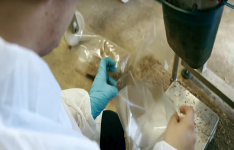
Opening
Manual or automatic opening.
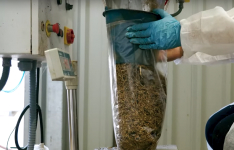
Filling
Filling of the bags (50 to 60 % of its capacity).
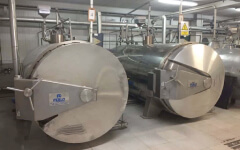
Sterilization
Autoclave sterilization.
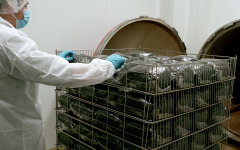
Cooling
Until approximately 24ºC is reached.
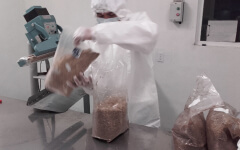
Inoculation
Add the spawn to the substrate.
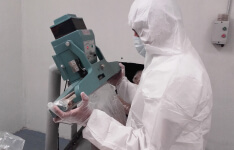
Sealing
Sealing the bag.
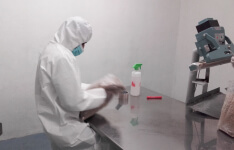
Mixing
Shake the bag to mix its contents.
Filters
Essential for efficient farming
Choosing the most appropriate filter depends on factors such as the mushroom species, oxygen needs at the different cultivation stages and the specific conditions of the facilities.
Made with laminates of non wowen polypropylene and Teflon (PTFE), these filters are highly resistant to heat and maintain their integrity during the sterilization which guarantees a consistent pore size.
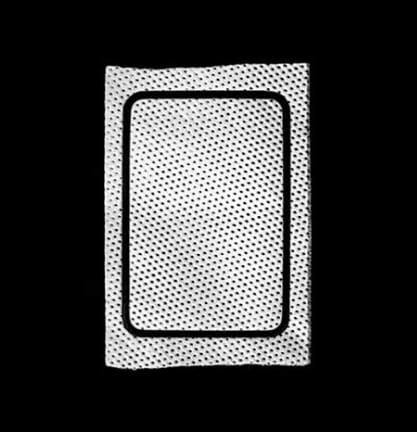
Filter A
Laminates of non-woven polypropylene and a polypropylene membrane.
Pore size 0.5 microns.
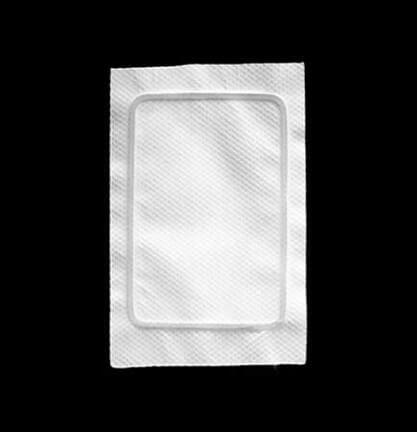
Filter B
Laminates of non-woven polypropylene with PTFE.
Pore size 5 microns.
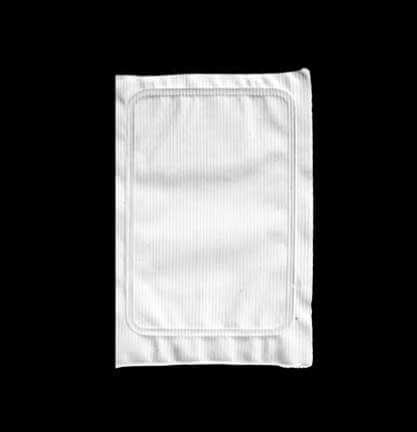
Filter T
Laminates of non-woven polypropylene with PTFE
.
Pore size 0.2 microns.
Types of perforations
The surface of the bag where the filter is placed needs to be perforated to allow the filter to perform its function. There are two options; one perforation or multiple perforations.
All of the Gusseted bags have only one perforation. The Pillow bags are available in both options, they can be either L holes or Pin holes.
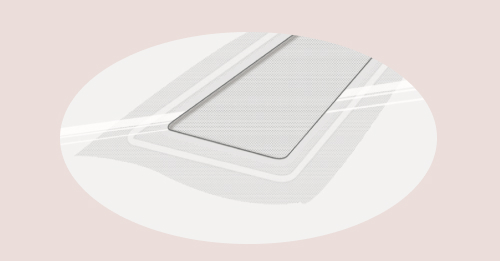
L Hole
Only one perforation whose size is smaller than the size of the filter.
These are used for crops that require high amounts of oxygen during its development.
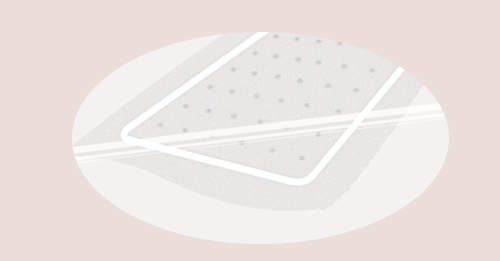
Pin Hole
Many small perforations.
These are used for crops that require a more stable setting and with less air flow.